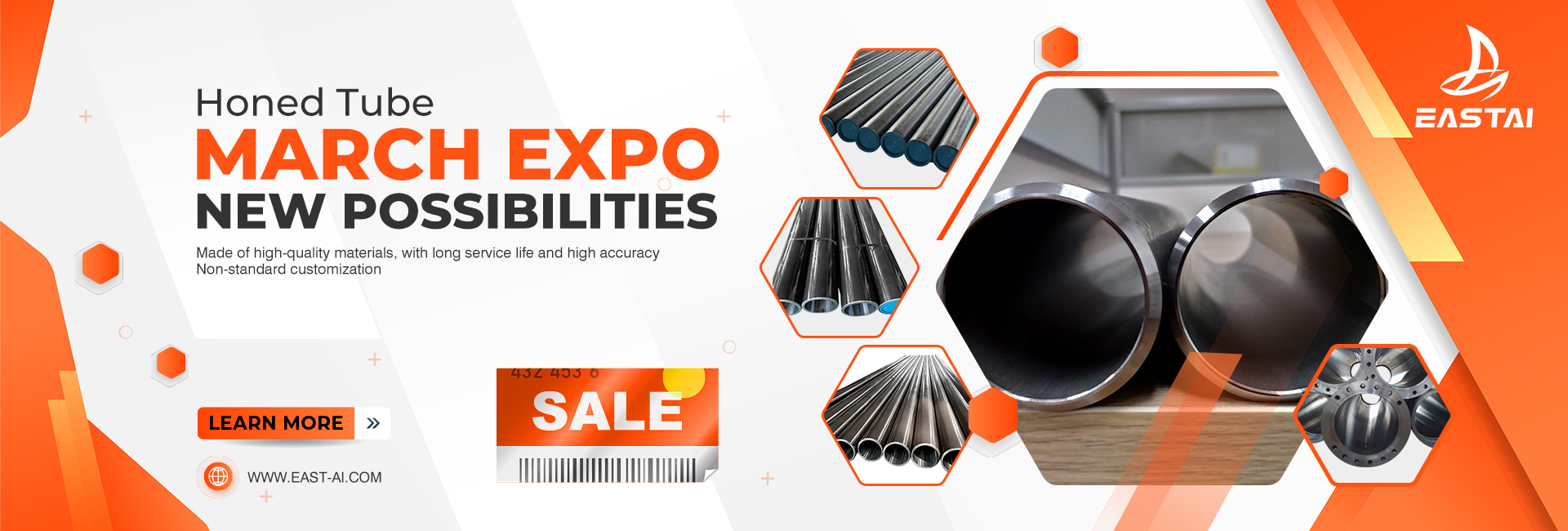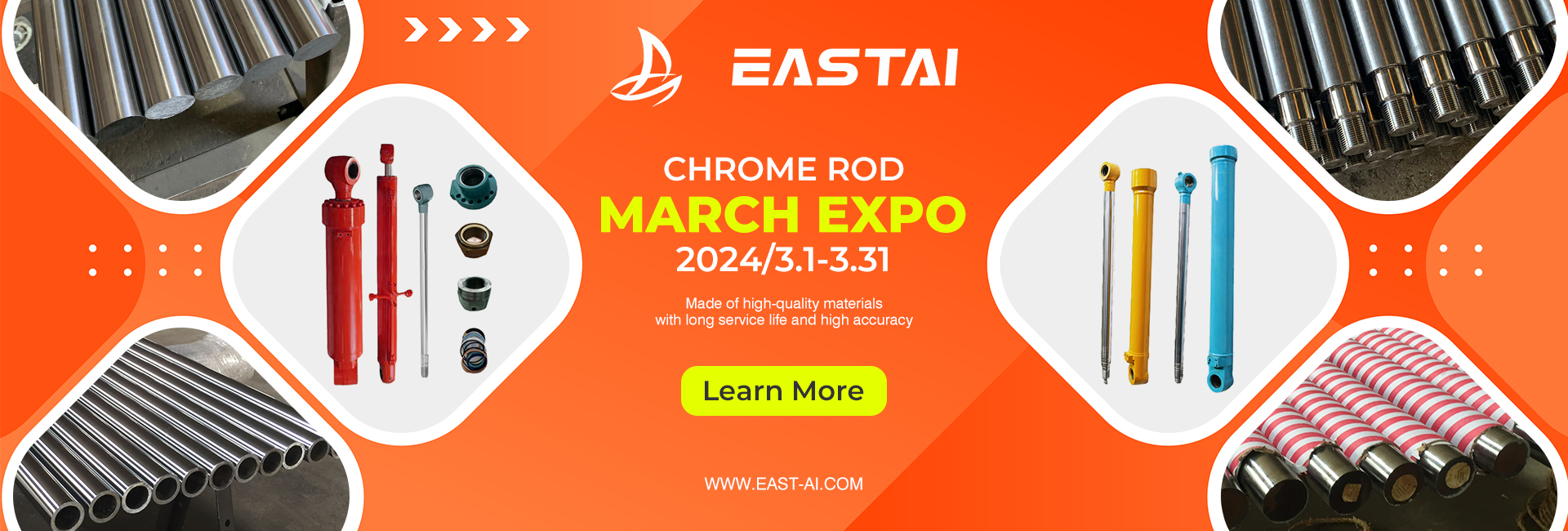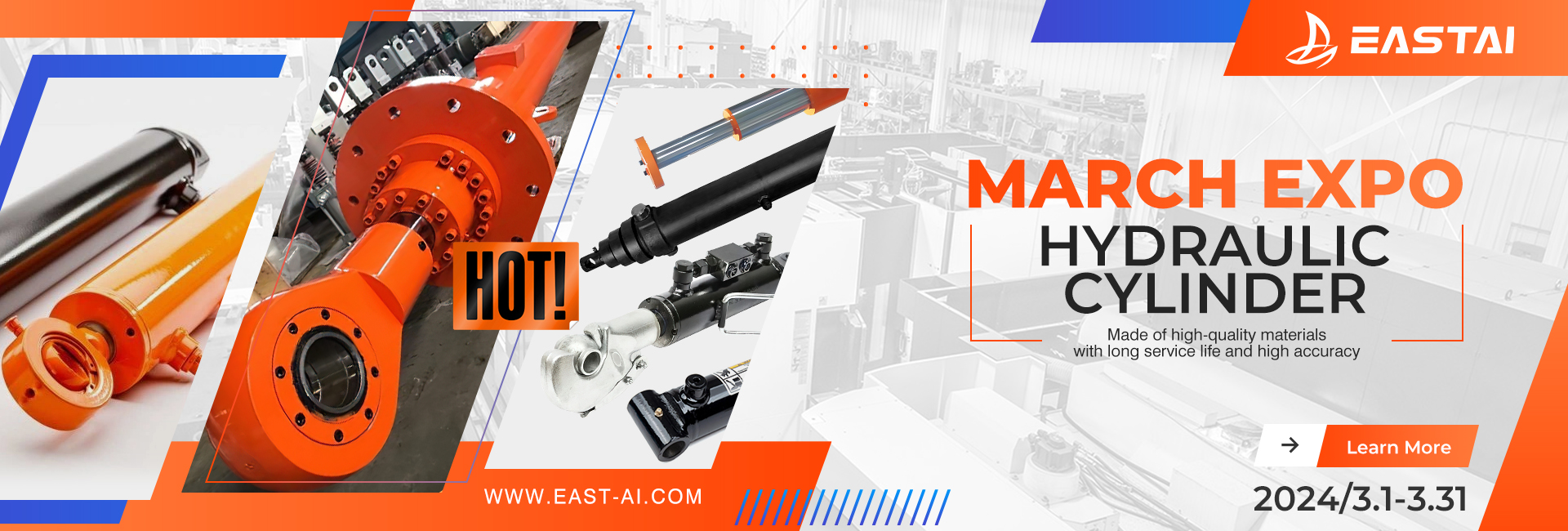Pneumatic cylinders are mechanical devices that convert compressed air energy into linear motion, allowing them to perform work in various industrial and automation applications. These cylinders are widely used in manufacturing, automotive, aerospace, and other industries due to their reliability, versatility, and cost-effectiveness. In this article, we will delve into the world of pneumatic cylinders, exploring how they work, their different types, benefits, applications, factors to consider when choosing them, maintenance and troubleshooting tips, and best practices for their proper use.
How Pneumatic Cylinders Work
Pneumatic cylinders operate based on the principle of utilizing compressed air to create mechanical force and motion. The basic components of a pneumatic cylinder include a cylinder barrel, piston, piston rod, and end caps. The cylinder barrel houses the piston, which divides the cylinder into two chambers. Compressed air is supplied to one chamber, known as the pressure chamber, which forces the piston to move, thereby generating linear motion at the piston rod end. The other chamber, called the exhaust chamber, is vented to release the air, allowing the piston to return to its original position. This reciprocating motion of the piston and piston rod is what provides the desired work output.
Types of Pneumatic Cylinders
There are various types of pneumatic cylinders available, each designed for specific applications and requirements. Some common types include:
- Single-Acting Cylinders: These cylinders use air pressure to move the piston in one direction and a spring or other external force to return it to its original position. They are typically used in applications where work is only required in one direction.
- Double-Acting Cylinders: These cylinders use air pressure to move the piston in both directions, providing work output in both the extend and retract strokes. They are commonly used in applications where precise control over the direction and speed of motion is required.
- Rodless Cylinders: These cylinders do not have a piston rod and instead use a magnetic or mechanical coupling to transmit the force from the piston to the load. They are ideal for applications where space is limited or where long strokes are required.
- Compact Cylinders: These cylinders are designed to be small and lightweight, making them suitable for applications where space is limited or weight is a concern.
- Guided Cylinders: These cylinders have additional guiding mechanisms, such as rods or linear bearings, to provide increased stability and precision in motion. They are commonly used in applications where high accuracy and repeatability are required.
- Rotary Cylinders: These cylinders convert linear motion into rotary motion, allowing them to rotate objects or perform tasks that require rotary motion.
Benefits of Pneumatic Cylinders
Pneumatic cylinders offer several benefits in industrial and automation applications. Some of the key advantages include:
- Cost-Effective: Pneumatic cylinders are generally more affordable compared to other types of actuators, such as hydraulic cylinders or electric motors, making them a cost-effective option for many applications.
- Reliable and Durable: Pneumatic cylinders are known for their reliability and durability, as they canwithstand harsh environments, high speeds, and heavy loads without compromising performance. This makes them suitable for various industrial applications where reliability is crucial.
- Versatility: Pneumatic cylinders come in a wide range of sizes, types, and configurations, making them versatile for different applications. They can be easily integrated into existing systems and can perform a wide array of tasks, such as pushing, pulling, lifting, and rotating.
- Fast and Responsive: Pneumatic cylinders are known for their fast response time, allowing for quick and precise motion control. They can provide high acceleration and deceleration rates, making them suitable for applications that require rapid and precise movements.
- Safety: Pneumatic cylinders are generally considered safer than other types of actuators, such as hydraulic cylinders, as they do not require hazardous fluids and are not prone to oil leaks. They are also intrinsically safe in explosive or flammable environments, making them ideal for certain industries.
- Easy Installation and Maintenance: Pneumatic cylinders are relatively easy to install and maintain, requiring minimal complex wiring or lubrication. They have fewer components compared to other types of actuators, making maintenance and troubleshooting simpler and more cost-effective.
Common Applications of Pneumatic Cylinders
Pneumatic cylinders find widespread use in various industrial and automation applications. Some common applications include:
- Material handling and lifting: Pneumatic cylinders are used in conveyor systems, lifts, and hoists to handle materials, lift heavy objects, and control the movement of goods in manufacturing and warehousing operations.
- Packaging and labeling: Pneumatic cylinders are used in packaging and labeling machines to control the movement of packaging materials, apply labels, and seal containers.
- Assembly and automation: Pneumatic cylinders are used in automated assembly lines to manipulate components, position parts, and control the movement of robotic arms and grippers.
- Automotive and transportation: Pneumatic cylinders are used in vehicles for various applications, such as controlling the movement of doors, windows, and seats, and actuating braking and suspension systems.
- Printing and paper processing: Pneumatic cylinders are used in printing presses, paper cutters, and folding machines to control the movement of paper, print heads, and cutting blades.
- Food and beverage processing: Pneumatic cylinders are used in food and beverage processing equipment to control the movement of conveyor belts, sorting mechanisms, and packaging systems.
- Medical and pharmaceutical: Pneumatic cylinders are used in medical and pharmaceutical equipment, such as surgical robots, drug dispensing machines, and patient handling systems.
Factors to Consider when Choosing Pneumatic Cylinders
When selecting pneumatic cylinders for a specific application, several factors need to be considered to ensure optimal performance and reliability. These factors include:
- Load and Force Requirements: The load and force requirements of the application determine the size and type of pneumatic cylinder needed. It is essential to consider the maximum load that the cylinder will need to handle and ensure that the chosen cylinder has the appropriate force capacity.
- Stroke Length: The stroke length of the cylinder should match the required range of motion for the application. It is crucial to choose a cylinder with an appropriate stroke length to avoid overextension or underutilization of the cylinder.
- Speed Requirements: The speed at which the cylinder needs to operate should be considered when selecting a pneumatic cylinder. Different cylinders have different speed capabilities, and the chosen cylinder should be able to provide the required speed for the application.
- Environment: The operating environment, including factors such as temperature, humidity, and presence of dust or chemicals, should be considered when selecting pneumatic cylinders. It is essential to choose cylinders that are suitable for the specific environment to ensure durability and reliable performance.
- Mounting and Space Constraints: The available space for mounting the cylinder and any space constraints in the application should be taken into account. Pneumatic cylinders come in various mounting options, such as tie rod, rodless, and guided cylinders, and the chosen cylinder should fit within the available space and mounting requirements.
- Operating Pressure: The required operating pressure of the application should be considered when selecting a pneumatic cylinder. Different cylinders have different pressure ratings, and the chosen cylinder should be able to operate within the required pressure range without compromising performance or safety.
- Maintenance and Serviceability: The ease of maintenance and serviceability of the pneumatic cylinder should be considered. It is essential to choose cylinders that are easy to clean, inspect, and repair, to minimize downtime and maintenance costs.
- Cost and Budget: The cost and budget of the pneumatic cylinder should be taken into consideration. While it may be tempting to opt for a cheaper option, it is important to balance cost with quality and reliability to ensure long-term performance and value for money.
Pneumatic cylinders are versatile, reliable, and widely used in various industrial and automation applications. They offer advantages such as high speed, responsiveness, safety, and ease of installation and maintenance. When selecting pneumatic cylinders, factors such as load and force requirements, stroke length, speed requirements, operating environment, mounting and space constraints, operating pressure, and maintenance and serviceability should be considered to ensure optimal performance and reliability.
Post time: Apr-11-2023




